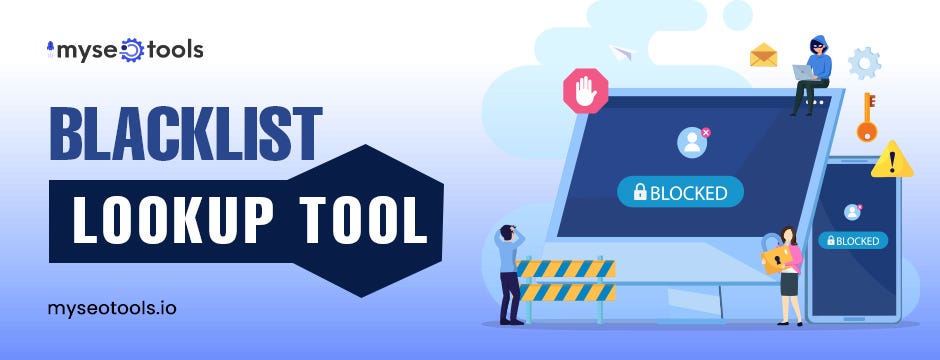Software blacklist sets the stage for this enthralling narrative, offering readers a glimpse into a story that is rich in detail, brimming with originality from the outset. In today’s digital landscape, the concept of software blacklisting plays a crucial role in safeguarding organizations against potential threats.
As we delve deeper into the intricacies of software blacklist, we uncover the significance of creating, implementing, and enforcing robust policies to mitigate risks and ensure a secure environment.
Definition of Software Blacklist

In the context of cybersecurity, a software blacklist refers to a list of applications, programs, or software components that are deemed unsafe, unauthorized, or prohibited within an organization’s network or system.
The primary purpose of having a software blacklist in an organization is to enhance security measures and protect the network from potential threats posed by malicious software. By blacklisting specific software, organizations can prevent unauthorized access, data breaches, and other cybersecurity risks.
Examples of Software Applications Commonly Blacklisted
- Peer-to-peer (P2P) file sharing programs such as BitTorrent
- Remote desktop applications like TeamViewer
- Unsanctioned messaging apps such as WhatsApp for Business
- Obsolete or vulnerable software versions that pose security risks
Creating a Software Blacklist
Creating a software blacklist is a crucial step in ensuring the security and efficiency of a system. This process involves identifying and categorizing software applications that pose a threat to the network or violate company policies.
Criteria for Blacklisting Software
When determining which software applications should be blacklisted, several criteria are typically considered. These may include:
- The software’s reputation for containing malware or spyware
- Known vulnerabilities that could be exploited by cyber attackers
- Violation of company policies or industry regulations
- Excessive resource consumption that impacts system performance
- Poor user reviews or history of causing system crashes
Maintaining and Updating a Software Blacklist
To maintain an effective software blacklist, it is important to regularly update the list based on emerging threats and changing software landscape. Best practices for maintaining and updating a software blacklist include:
- Regularly monitoring security advisories and software updates
- Leveraging threat intelligence feeds to stay informed about new malware or vulnerabilities
- Conducting regular audits to identify unauthorized software installations
- Implementing automated tools to scan for and blacklist risky software
- Educating employees on the importance of adhering to the software blacklist
Risks of Not Having a Software Blacklist
Having a software blacklist is crucial for maintaining the security and integrity of a system. Not having one in place can expose organizations to various risks, including unauthorized software installations that can lead to security breaches and vulnerabilities.
Unauthorized software installations pose a significant threat as they may introduce malware, spyware, or other malicious programs into the system. Without a software blacklist to prevent these installations, the system is left vulnerable to attacks and exploitation by cybercriminals.
Security Threats from Unauthorized Software Installations
- Unauthorized software can contain malware that compromises system security and steals sensitive information.
- Unapproved applications may have vulnerabilities that attackers can exploit to gain access to the system.
- Incompatible software can cause system crashes, leading to downtime and productivity losses.
Examples of Security Breaches Due to Absence of Software Blacklist
- A company’s network was infiltrated by ransomware because an employee unknowingly downloaded unauthorized software that contained malicious code.
- A government agency experienced a data breach when an outdated and unapproved software program was exploited by hackers to access confidential information.
- A healthcare organization suffered a breach of patient records due to an employee installing unauthorized software that exposed sensitive data to cyber threats.
Implementing and Enforcing a Software Blacklist

When it comes to implementing and enforcing a software blacklist within an organization, there are several key steps that need to be taken to ensure its effectiveness.
Implementing a Software Blacklist
- Conduct a thorough inventory of all software applications currently in use across the organization.
- Identify which software applications are deemed unauthorized or pose a security risk.
- Create a comprehensive list of blacklisted software based on the identified criteria.
- Implement a policy that clearly Artikels the consequences of using blacklisted software.
Role of IT Administrators
- IT administrators play a crucial role in enforcing the software blacklist policy by monitoring software installations.
- They need to regularly audit systems to ensure compliance with the blacklist and take necessary actions against violations.
- IT administrators should also provide training to employees on the importance of adhering to the blacklist policy.
Strategies for Monitoring and Detecting Unauthorized Software Installations, Software blacklist
- Utilize endpoint detection and response (EDR) tools to monitor software installations in real-time.
- Implement network monitoring tools to track software usage across the organization.
- Regularly conduct vulnerability assessments to identify potential security risks from unauthorized software.
- Establish a reporting system for employees to flag any unauthorized software installations.
Summary

In conclusion, software blacklist serves as a vital tool in the realm of cybersecurity, highlighting the importance of proactive measures in protecting sensitive data and systems. By understanding the risks, best practices, and enforcement strategies associated with software blacklist, organizations can fortify their defenses and stay ahead of evolving threats.
FAQ Overview
What is the main purpose of a software blacklist?
The main purpose of a software blacklist is to restrict or block the usage of specific software applications that pose security risks to an organization.
How often should a software blacklist be updated?
It is recommended to regularly update a software blacklist to include new threats and vulnerabilities as they emerge, ideally on a monthly basis.
Can a software blacklist prevent all security breaches?
While a software blacklist is a valuable security measure, it cannot guarantee complete protection. It is essential to combine it with other security practices for comprehensive risk mitigation.
